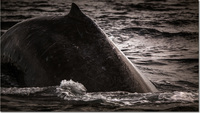Saturday, October 20. 2018
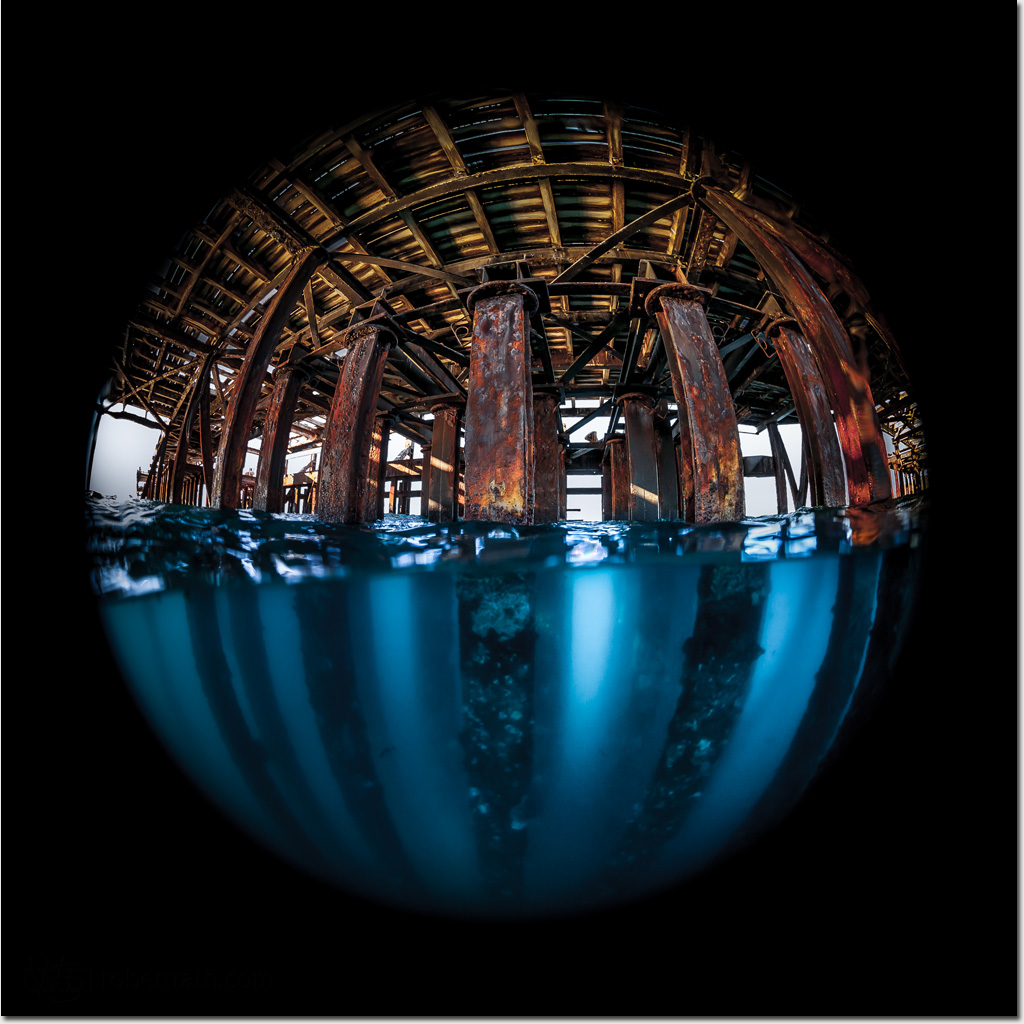
South Australian divers familiar with Rapid Bay Jetty will often talk about diving the 'T' Section.
This section of the old Rapid Bay Jetty has always been the jewel of marine life below the old jetty structure. Here the steel pylons grouped very close together provide cover for schools of reef fish while the complex bottom rubble supports a diverse benthic ecosystem.
I captured this under-over image today as the poor post weather fallout has left Rapid Bay a milky blue with only a few meters of visibility rendering the underwater scenery foggy and indistinct.
I'm looking forward to trying this image again when the conditions improve.
Photo: Robert Rath, 'Diving The 'T' Section, 1/250s f/4 ISO320 8mm
Thursday, October 18. 2018
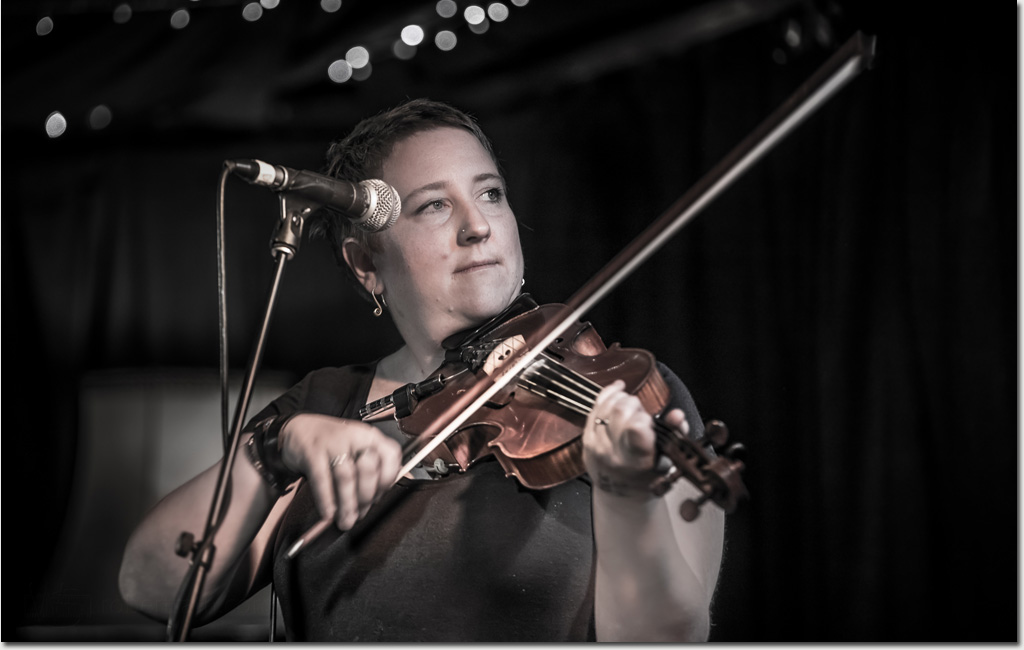
Friday night at the Wheatsheaf Hotel we experienced a double, double treat of local Adelaide musicians and folk music with the combined talents of the Fiddle Chicks, Emma Luker and Dee Trewartha and the trad music duo of Ray Smith and Kerryn Schofield.
Apologies for the labels guys!
More photos to follow but first of the rank is Emma Luker, fiddle chick extraordinaire!
Photo: Robert Rath, 'Fiddle Chicks Part One, Emma Luker', 1/80s f/2.8 ISO640 160mm
Wednesday, October 17. 2018
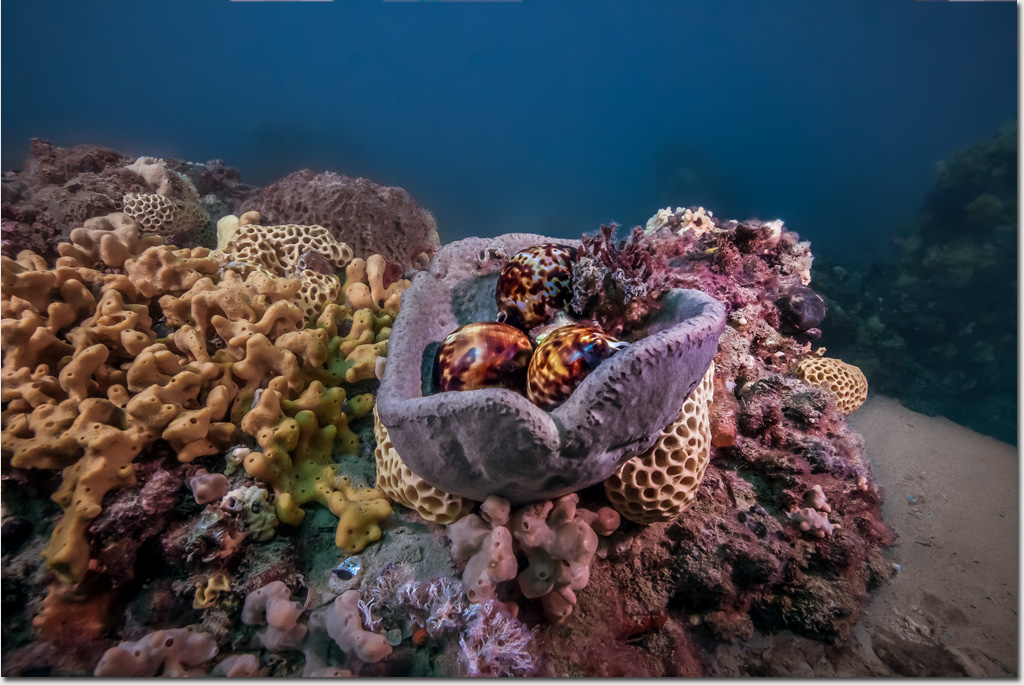
Bowl of Cowries
My dive buddy Andy spotted this extraordinary scene last weekend as we made our way north on the outside of Port Noarlunga Reef.
His odd gestures to me seemed to be asking, 'did I stage this", 'did some other divers before us stage this', or is there something special about this sponge that made three black cowries all come together like this? In nearly 30 year of diving I have only every seen black cowries on their solitary own.
Back cowries are one of our most beautiful mollusks with their glossy shells often protected by a thin velvety black mantle. Once they were prized by collectors but now the collecting of live shellfish is frowned upon and strongly discouraged. I once dived with with someone who horrified me by taking out his knife and defacing the beautiful shiny shell of any black cowrie he came upon. When I challenged his actions he said, 'I'm just making sure the collectors don't poach them'. I never did agree with him but I could see his point.
Again our local underrated Port Noarlunga dive site continues to delight and surprise with things I've never seen before in all my years of diving.
Photo: Robert Rath, 'Bowl of Cowries', 1/200s f/16 ISO640 16mm
Monday, October 15. 2018
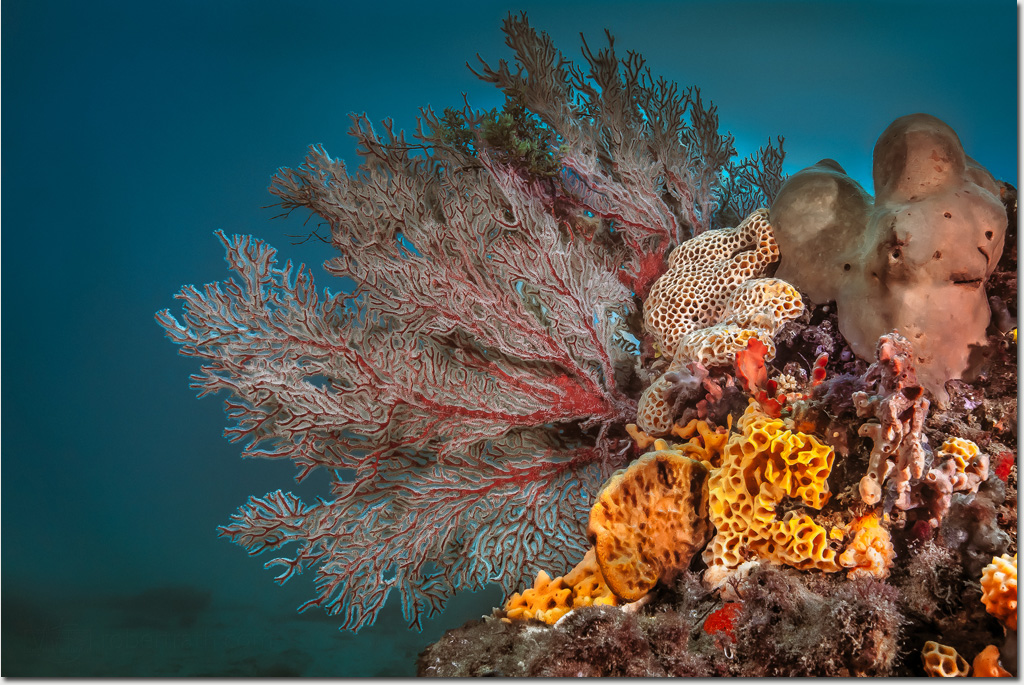
At a glance you could be excused for thinking this shot was taken on some exotic tropical reef. Certainly gorgonian corals often feature in deep tropical reef locations but they are just as at home here in our South Australian cold to temperate waters as in the tropics.
I first found gorgonian corals many years ago on one of Adelaide's most popular and underrated dive sites, Port Noarlunga Reef. Now, every time I dive here I experience a little bit of nostalgia and a little bit of regret for those divers who will only ever know this location as a training dive site.
Port Noarlunga Reef is popular because at least half of Adelaide's divers can get to it inside of 40mins, and underrated because most of them will never take the time to explore here properly. It takes about 10-15 dives to even get a feel for this interesting and highly accessible reef system. Add daylight/nighttime hours and seasons to that mix and this underrated location just keeps on delighting and surprising with its abundance and diversity of marine life.
This beautiful gorgonian coral off the south west corner of the reef in nearly 17m of water is just one of the reasons I keep coming back to dive here time after time.
Photo: Robert Rath, 'Noarlunga Gorgonian', 1/200s f/16 ISO640 16mm
Saturday, October 13. 2018
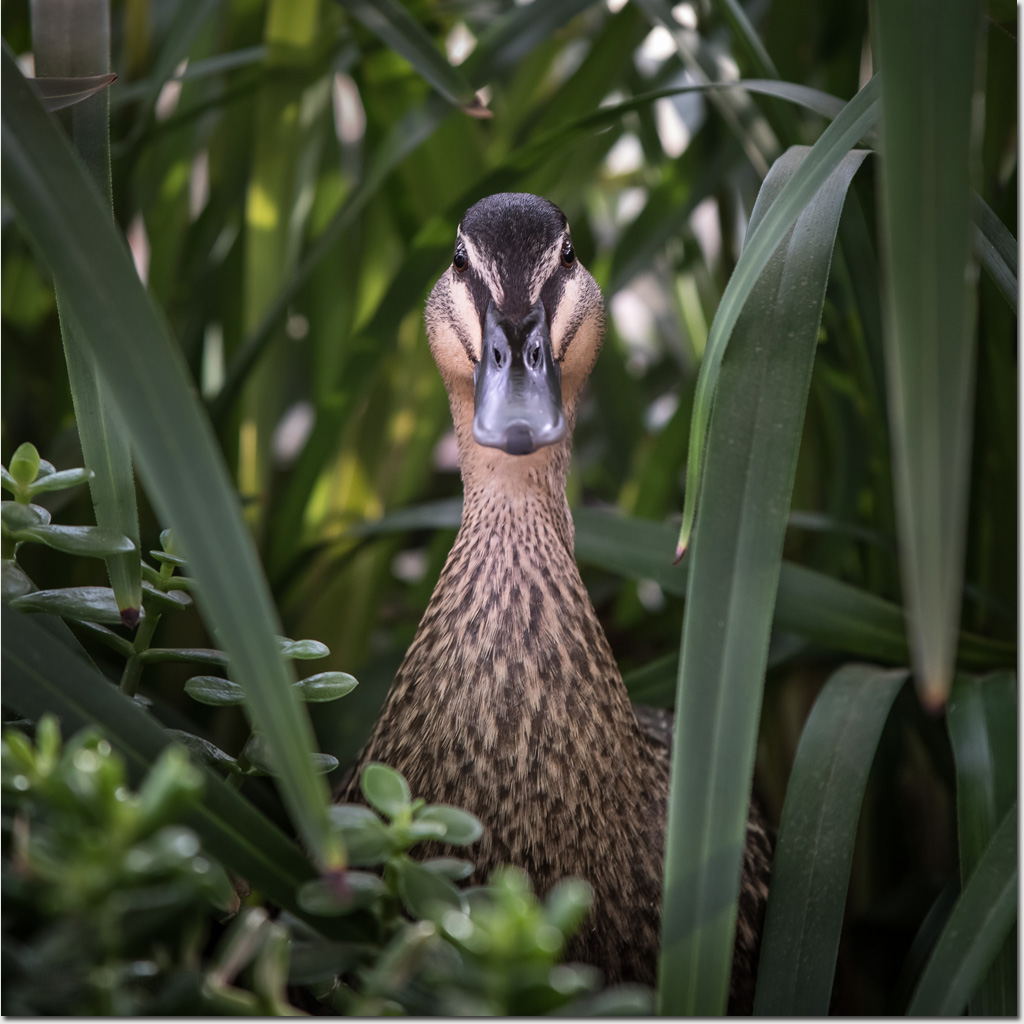
Like some oracle of inner character she sees right through the layers of human veneer.
Just one look into those curious dark eyes is enough to let you know, the duck knows everything!
Photo: Robert Rath, 'The Duck Knows', 1/80s f/4.0 ISO800 200mm
Monday, October 8. 2018
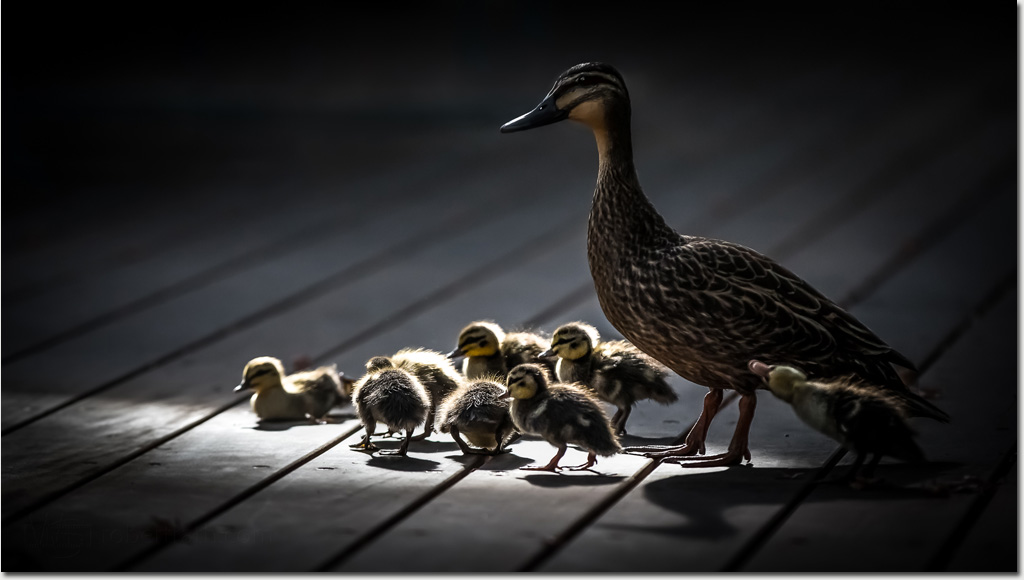
Mother Duck
For a few weeks now mother duck had been sitting on her nest tucked away in a small patch of garden in corporate courtyard.
She has patiently sat there during busy lunch times, quiet outdoor meetings as well as some boisterous Friday afternoon socialising.
This morning to our delight we were greeted by her showing off her new family, parading them around the courtyard and over the decking.
Unfortunately they won't be able to stay as the courtyard is landlocked from the outside world and the only way out for non flying ducklings is through reception.
Just another eventful working day!
Photo: Robert Rath, 'Mother Duck', 1/5000s f/2.8 ISO800 200mm
Sunday, October 7. 2018
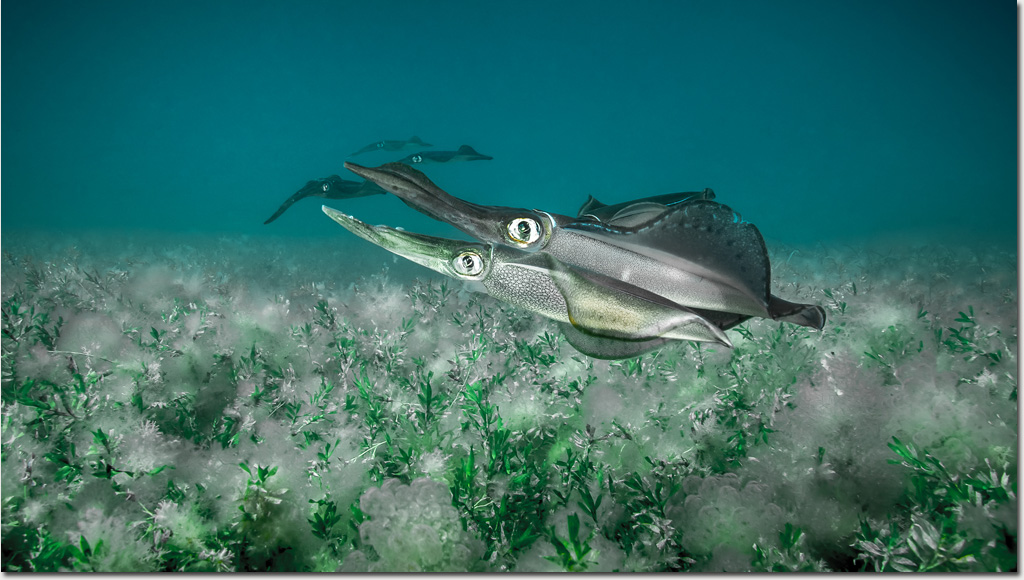
Rapid Bay was a delight today with almost millpond seas, sunshine and blue skies. Even the water looked clear as we gazed out from the car park and began putting together our gear. A short while later we descended in the cold clear water under Rapid Bay Jetty.
We found our first young leafy seadragon a short while into the dive out in the sea grass. We had been told there were quite a few young adults around which was lovely to hear though we only found the one before heading on and out to the old jetty.
Then we found the squid, or perhaps they found us. Far out in the seagrass away from the jetties, the fishers and their squid jags, we came on a school of nearly 50 squid spread out over 20 square meters.
At first they were flighty as is typical for swimming squid but as we settled down into the grass they became curious enough to come over to us for a mutually beneficial closer look.
How amazingly crazy they look with their large bright eyes and those flapping wings. They seem to move in ways that bear no correlation to their body movements like backwards moonwalking through water.
We stayed with these curious calamari until the cold drove us to swim off to warm up again. Perhaps they will still be there next time.
Photo: Robert Rath, 'Curious Calamari', 1/100s f/11 ISO320 35mm
Saturday, September 15. 2018
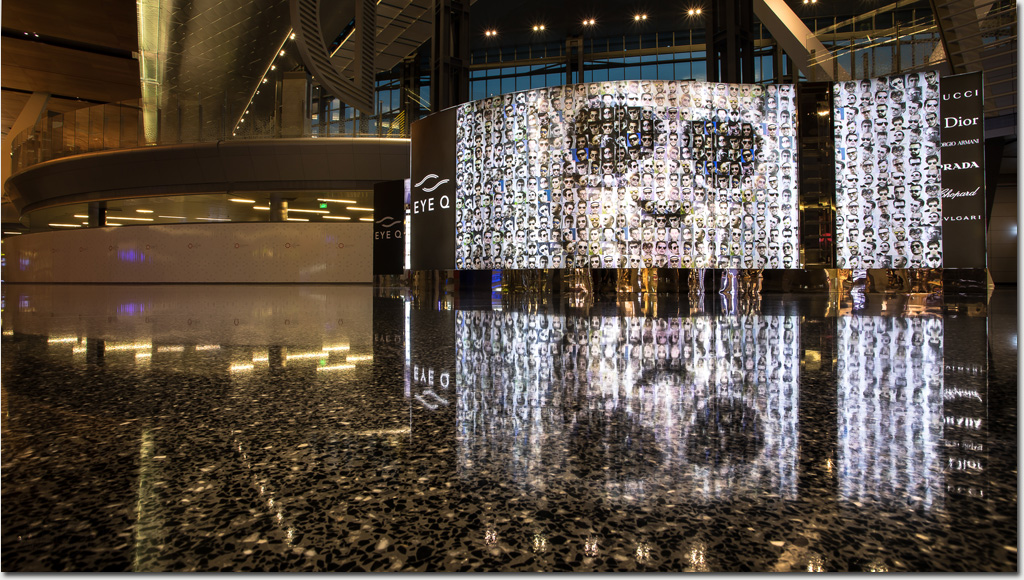
Why is it that as much as we proclaim how much beauty lies in the eyes, how they are the window to our souls we make it a statement of fashion to hide them behind the tinted widows of sun glasses.
For the smart people we are, I sometimes find myself questioning our Eye Q!
Photo: Robert Rath, 'Eye Q', 3.2s f/18 ISO100 17mm
Thursday, September 13. 2018
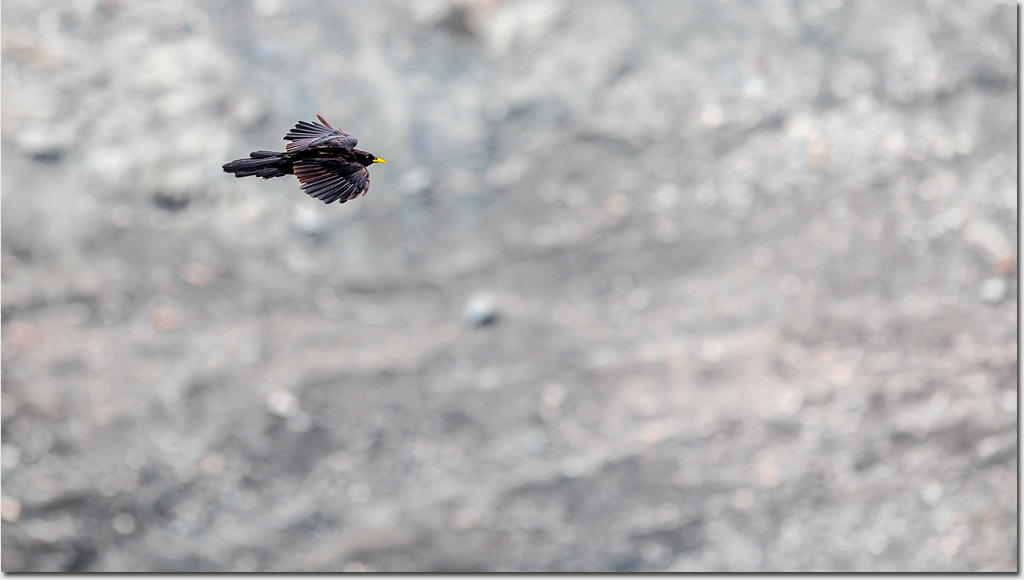
The Alpine chough is most probably the moutaineering star of the bird kingdom and noted for having the highest altitude nests of any other bird species.
Here in the deep Austrian alps and high above the Pasterze glacier these bird race through the air with the speed and precision of ,well Alpine choughs I guess!!
Being almost impossible to photograph in flight we simply watched their swift and acrobatic manoeuvres as they soared in the updraughts. Just stunning.
Alpine chough (Pyrrhocorax graculus).
Photo: Robert Rath, 'Alpine Chough', 1/1000s f/3.5 ISO320 200mm
Wednesday, September 12. 2018
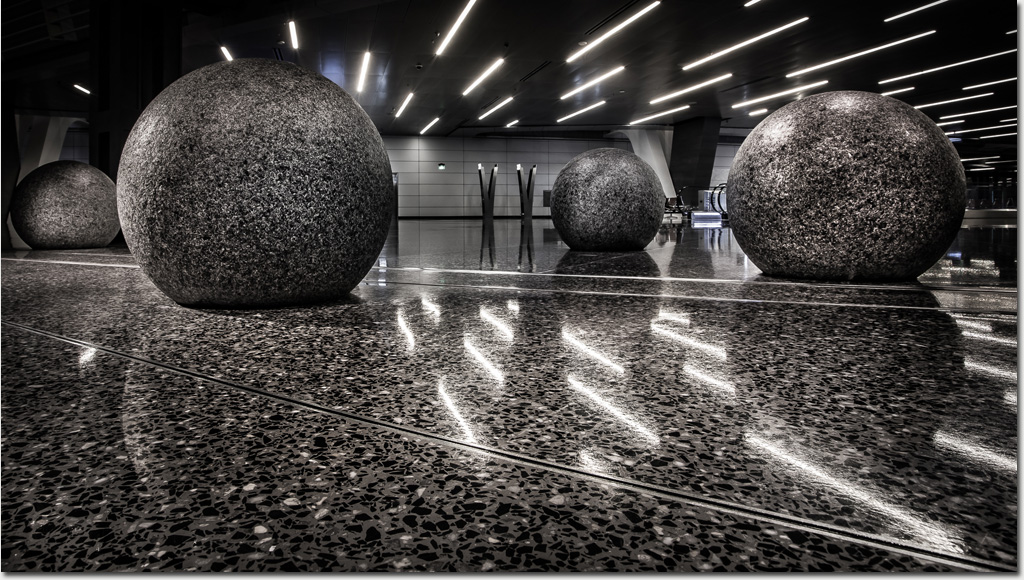
They could have fallen from the sky and become embedded in the faux granite floor. They feel like they have hit with a great force and come to a sudden, abrupt and perfectly frozen repose.
... never to move again.
Photo: Robert Rath, 'Four Frozen Balls', 6s f/18 ISO100 17mm
Monday, August 27. 2018
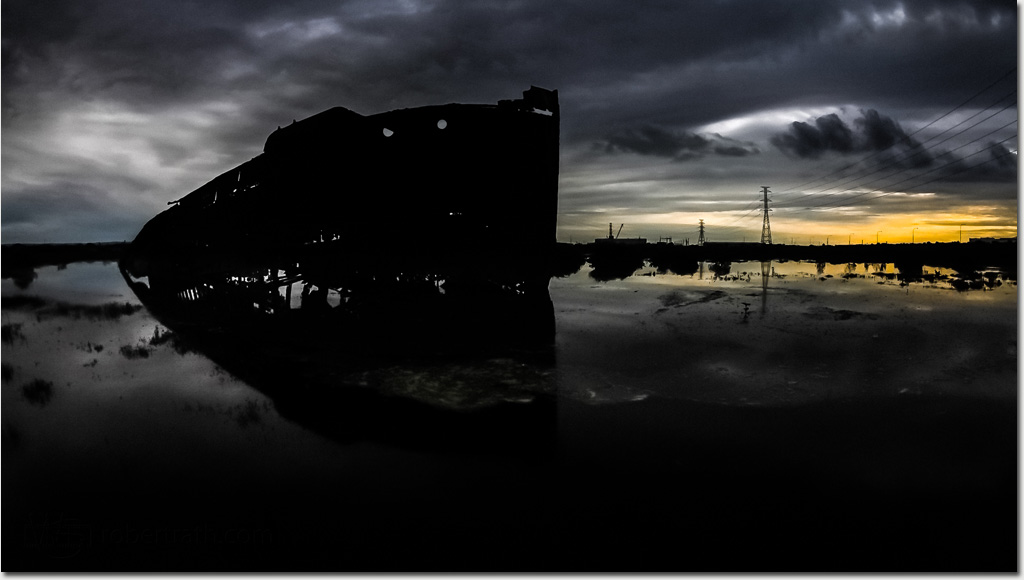
The wreck of the MV Excelsior in Mutton Cove (Osborne, South Australia) is in one of the oddest locations you might imagine.
A short walk in what seems like a field brings you right up to her rusted forgotten bow resting in swampy wetland.
Although no lives where lost on her journey here she still feels like her crew is still willing and waiting to leave.
Photo: Robert Rath, 'Waiting To Leave', 1/400s f9 ISO160 15mm
Saturday, August 25. 2018
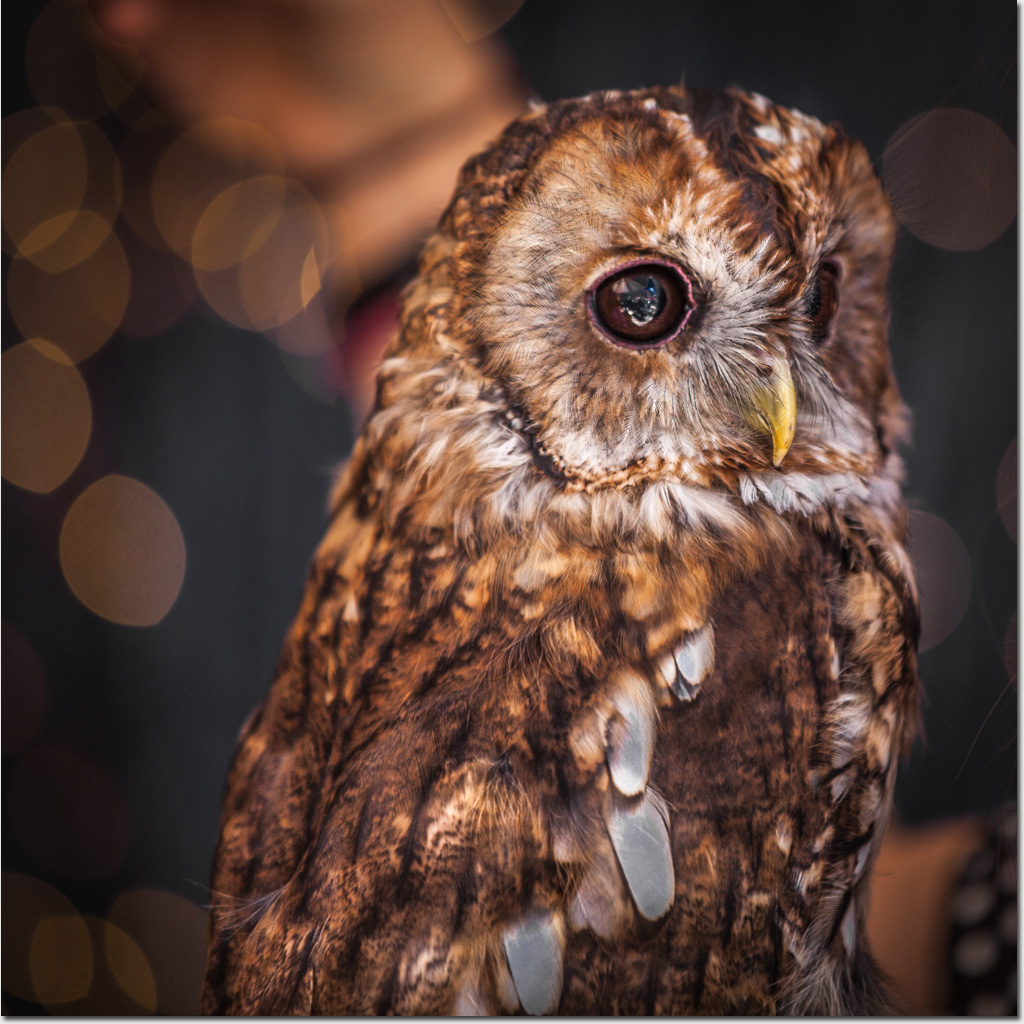
Glimfeather was a politically savvy talking owl who helped Eustace Scrubb and Jill Pole in their quest to find Prince Rilian in Lewis Carroll's 'The Silver Chair'.
I asked the owl how parliament was going and if it had any thoughts on our own political shenanigans but it only looked at me then looked away.
Either this was not Glimfeather or he's as speachless as the rest of us.
Photo: Robert Rath, 'Glimfeather', 1/100s f/2.8 ISO100 200mm
Wednesday, August 22. 2018
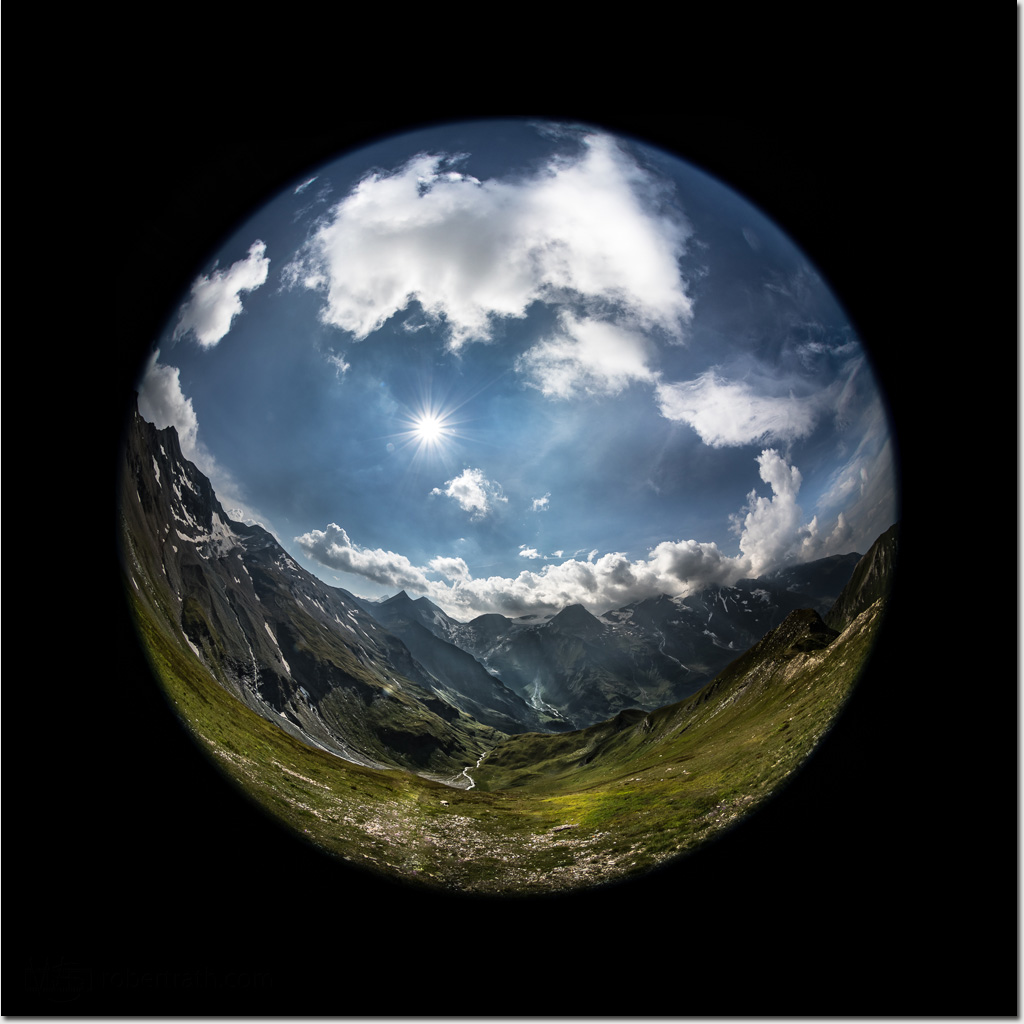
It's so hard to describe the beauty of this landscape, the scale of it, the life in it, the colour through it, the majesty of it.
From deep in the lush valleys the grey peaks seem a world away, almost disconnected from the peaceful cosy green of heather and forest.
From high on the peaks, in the unforgiving cold and in the biting wind, those same green valleys far below seem like markings on a map.
Here at the border of grey and green, halfway between both worlds it feels all in balance.
Photo: Robert Rath, 'All in Balance', 1/400s f/13 ISO100 8mm
Tuesday, August 21. 2018
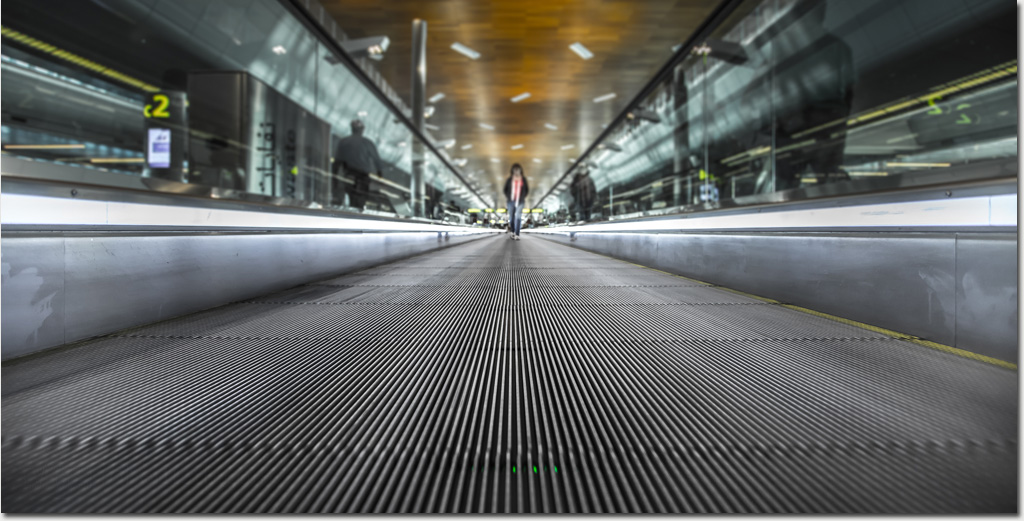
Even standing still you'll still walk this way...
Photo: Robert Rath, 'Walk This Way', 1/60s f/4 ISO1000 17mm
Monday, August 20. 2018

"The heart of Austria!", my cousin exclaimed as we stood on the far side of Pasterze Glacier on the Carinthian side of the border between Carinthia and Tyrol, deep in the Austrian Alps.
High in that uninviting world of ice and rock four climbers are slowly making their way up a 45 degree ridge-line to the summit of Großglockner. From here it looks like they are heading up the wrong peak but that's just a trick of the angles with their destination some way beyond.
To many adventurous Austrians, climbing Großglockner is like a pilgrimage that needs be undertaken at least once in one's lifetime.
From our relatively cozy vantage point it's easy to imagine such a climb. Perhaps even entertain adding it to one's own personal todo-once list. I think however sanity and personal self preservation will prevail.
Photo: Robert Rath, 'The Heart of Austria', 1/2000s f/4 ISO100 200mm
Sunday, August 19. 2018
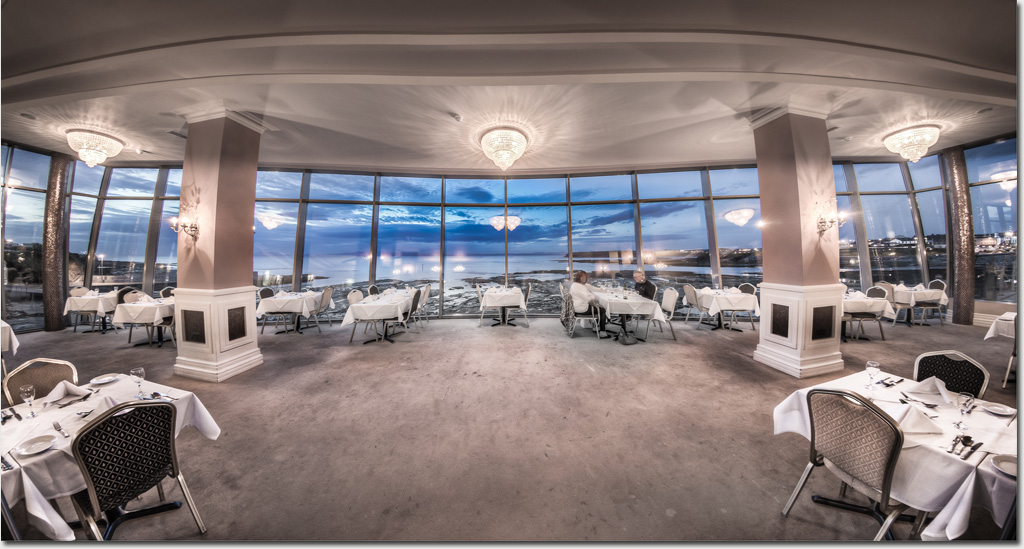
Peak Restaurant in Bundoran has one of the most awesome panoramic ocean views I have ever experienced.
Being seated there was something between being on the bridge of an ocean liner leaving port and some palatial dining hall.
Combining a window table with sunset timing and we got both dinner and a show of Ireland' Wild Atlantic Way.
Photo: Robert Rath, 'Dinner And A Show', 1s f/10 ISO640 12mm
Saturday, August 18. 2018

Airports often showcase high end cars to wealthy travelers but rarely the exotica of the motoring world.
That's where this car is different. On the one hand it posses like a European super car yet being an electric hybrid it seems at odds with itself.
I'm not sure what I think about this beautiful beast. For now I will just ogle like everyone else.
Photo: Robert Rath, 'Das Neue BMW', 1/125s f/8 ISO500 33mm
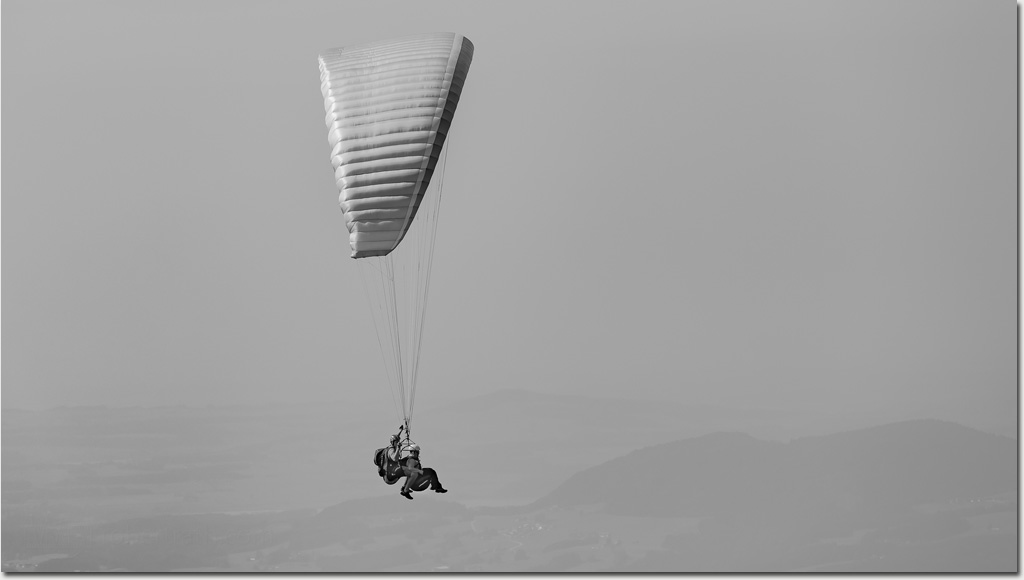
A veteran and pillion novice soar high above the village of Sankt Gilgen and Wolfgangsee.
I wonder how many times the veteran has launched himself from the slopes of the Zwölferhorn. Of little doubt is the experience of the novice. Probably this is his very first time.
I wonder if his pillion ride will be his last, a day to be remembered or the start of brand new obsession.
Photo: Robert Rath, 'Pillion', 1/1600s f/5.6 ISO100 200mm
Thursday, August 16. 2018
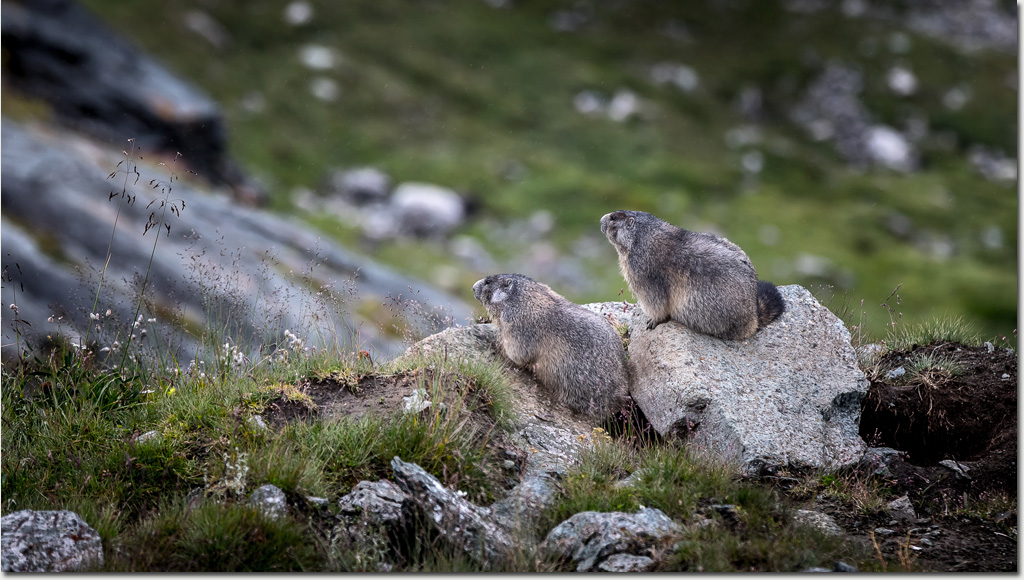
My cousin Roman had talked about 'the monkeys' up in the high alps. How they chatter, whistle and shriek between themselves up in the alpine valleys.
I thought he was joking! Monkeys in Austria?
Call it something lost in translation or perhaps a local joke but then we spotted a pair lingering close to their winter burrow.
Marmots, marmots, not monkeys! Such was my surprise to find such cute and cheeky critters high up above 2500 m in a place buried by meters of snow in the winter.
Apparently these guys spend the entire summer grazing on the alpine grasses making themselves round and fat and ready for a long winter's hibernation ahead.
Later in the afternoon while out walking on my own I crested a small ridge and startled a small family of marmots grazing in the pastures below.
After hearing the warning chatter and the whistles and shrieks echoing through the valley I finally understood why my cousin calls them monkeys.
Photo: Robert Rath, 'Seeing Double, Hearing Double', 1/500s f/4 ISO320 200mm
Wednesday, August 15. 2018
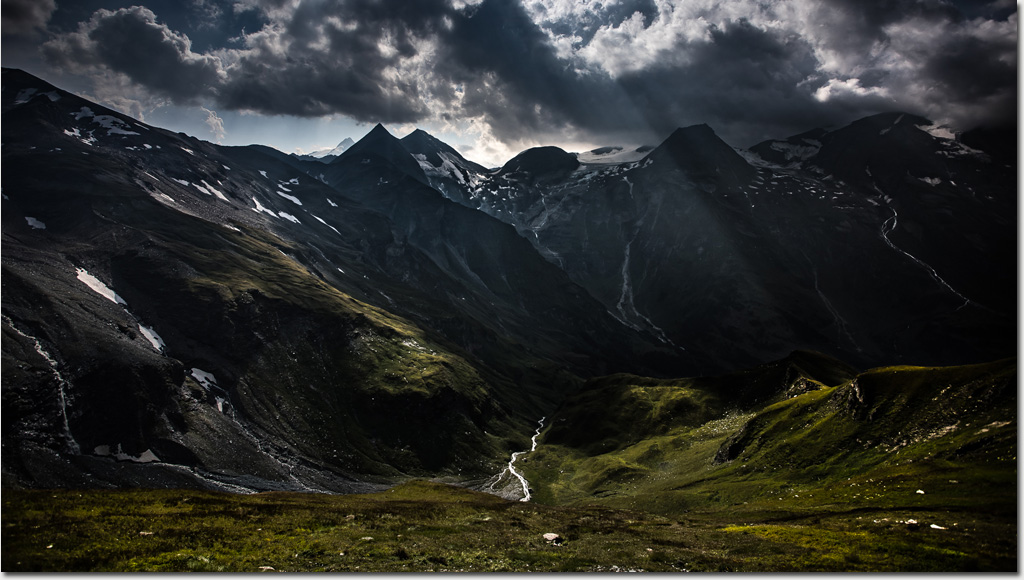
In the deep alps of Austria, lies her heart, the peak of Großglockner, Austria's highest mountain.
As mountains go it might be dwarfed on paper by 58 higher peaks scattered throughout the alps but in absolute prominence relative to the surrounding terrain it stands only second to France's Mount Blanc.
In the heatwave of a 30+ degreeC Austrian summer the mountains have taken on an otherworldly appearance where velvety alpine heather reaches up into dark grey scree punctuated with resilient ice from previous winters.
Grand by any measure.
Photo: Robert Rath, 'Grand By Any Measure', 1/1250 f/7.1 ISO100 17mm
Tuesday, August 14. 2018
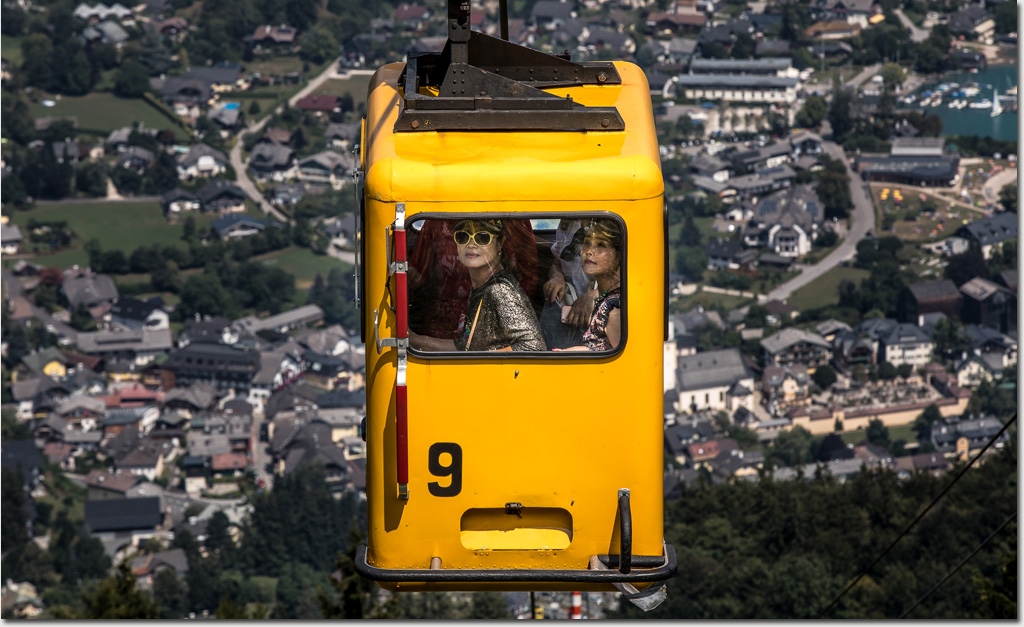
What would you call four young ladies flying hundreds of meters high above the village of Sankt Gilgen in the Austrian Salzkammergut?
Angels of course.
Photo: Robert Rath, ' A Box of Angels', 1/320 f/10 ISO100 200mm
Monday, August 13. 2018
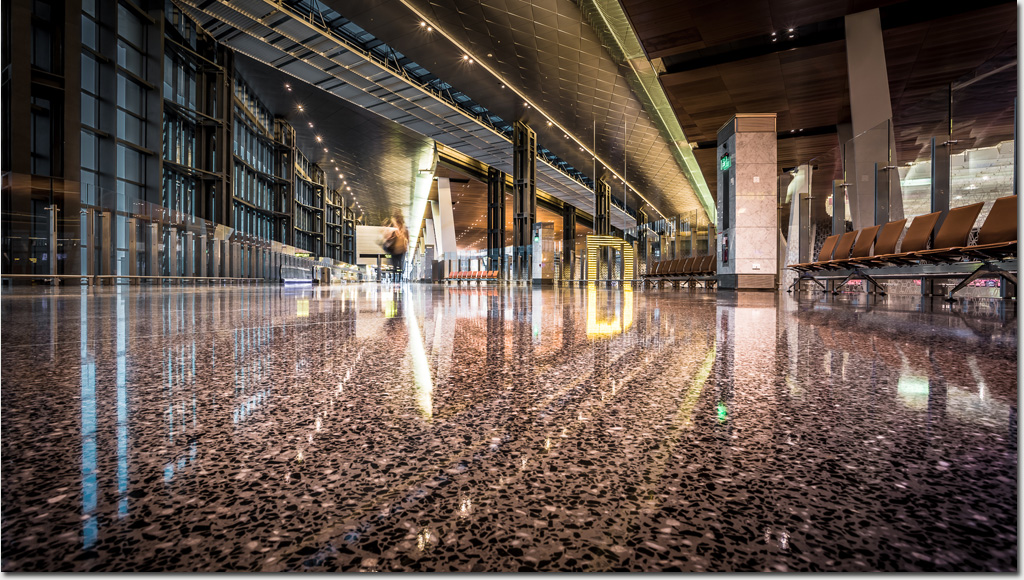
Here in the imposing space of Doha International Airport a single traveler makes her way alone amid the glass, the concrete, the marble, the plastic, and the metals.
This rare found moment of punctuated quiet is really not scarce at all in those spaces between the disembarking throngs of travelers, just hidden between the pulse of human movement.
In the echo of her foot falls in this material space the soul of Doha International Airport can almost be heard.
Photo: Robert Rath, 'Soul of Space', 8s f/18 ISO100 100mm
Friday, August 10. 2018
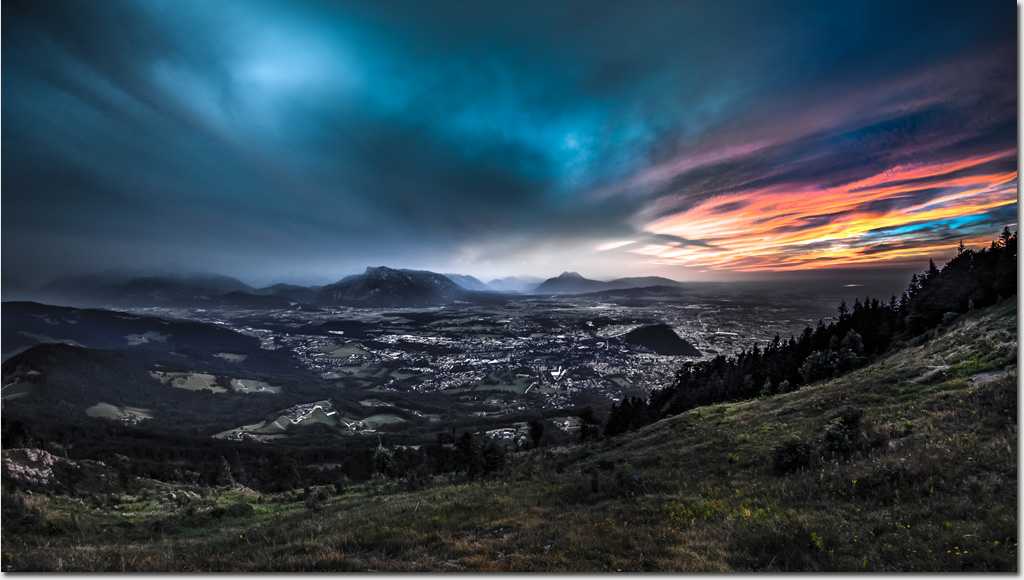
There is a defining moment when the natural twilight over the land begins to dim and the lights of civilization briefly reach a balance.
The timing of that moment can not be determined in advance. It depends on the way the daylight is drawn away in cloud and sky and haze and the waking of the city lights.
One moment the city below sleeps under a golden twilight and the next it dominates the landscape.
Don't blink lest you miss it!
Photo: Robert Rath, 'A Balance of Worlds', 1/4 f/6.3 ISO100 14mm
Thursday, August 9. 2018
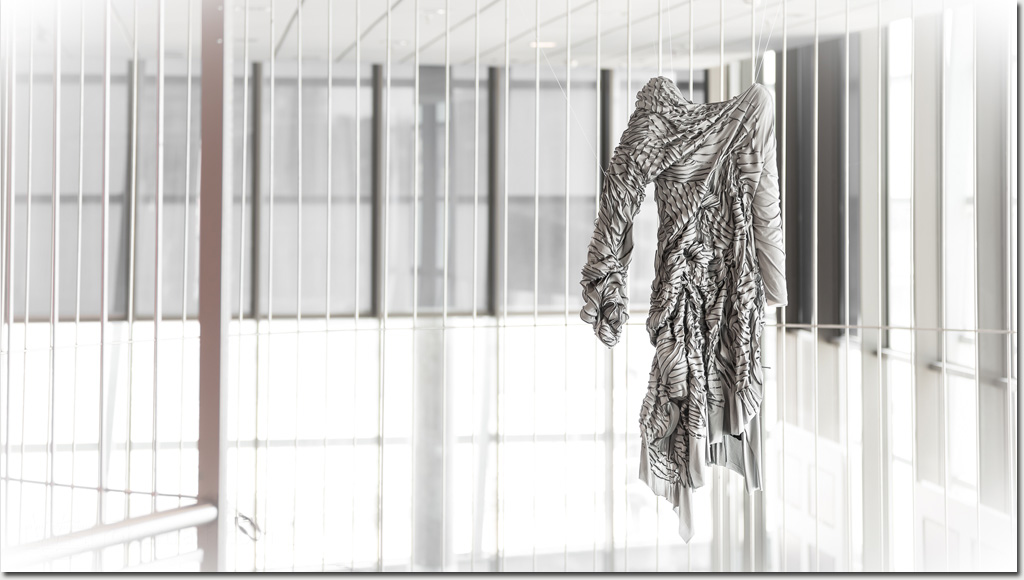
What happens when you arm a technical robot with a glue gun, program it with the right code and set it to work on a sheet of stretched fabric?
This stunning piece created by Anna Piecek and a Kuka robot at Kunstuniversität Linz is an interesting fusion of fashion and robotics that might just be as appealing to the coders as to the catwalk pundits of Paris.
'Artist Anna Piecek’s main objective in this project was to come up with new and innovative ways to work with textiles by making volumes and unconventional shapes with methods that had never before been used in the context of fabric design.'
Without those coders however, Anna's dress may never have materialised ( sorry about the pun ).
Photo: Robert Rath, ' Dress Code', 1/160 f/2.8 ISO250 70mm
Tuesday, August 7. 2018
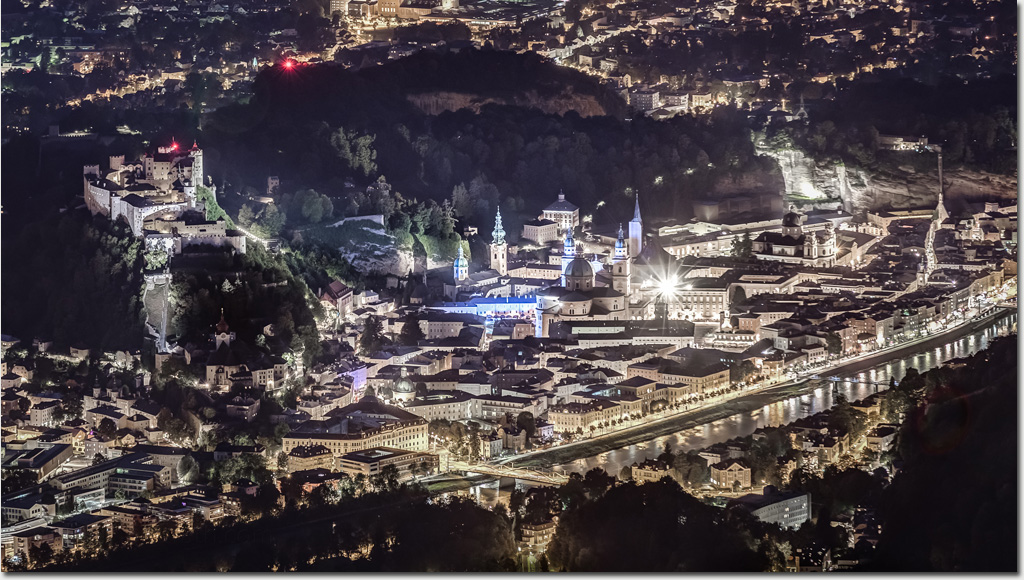
Looking down on Mozart's own town I can almost hear the music that made one of Austria's own renowned.
To the left is the Festung Hohensalzbur standing proud over the Salzburg Cathedral and the old city while the river Salzach cuts through right through Salzburg dividing old and new.
Ah the sounds, look at the sounds!
Photo: Robert Rath, ' The Sound Of Salzburg', 1.3 f/4 ISO800 200mm
Sunday, August 5. 2018
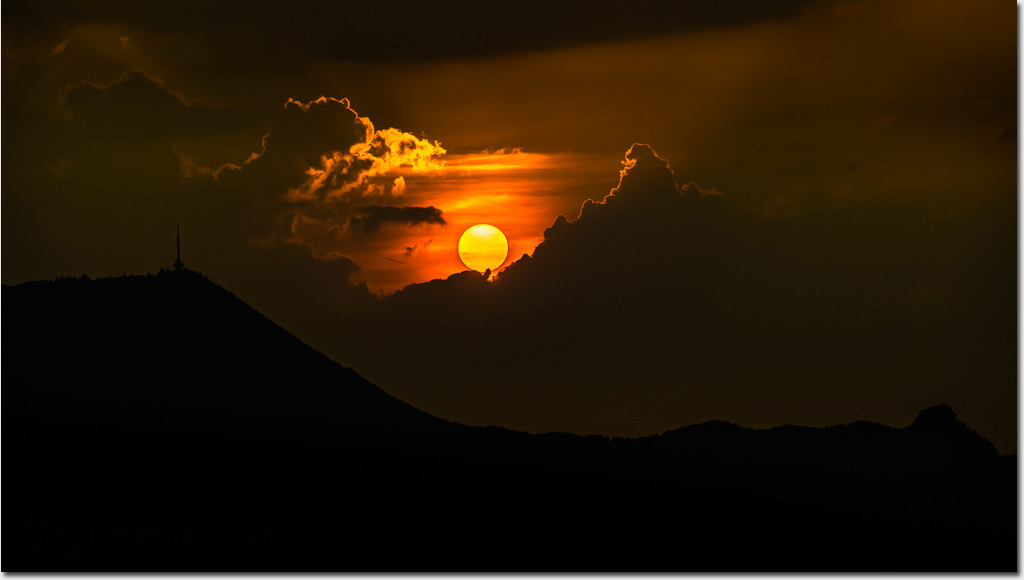
I'd been looking for a sunset in the western evening sky when a jagged crack of orange appeared.
We watched as that blaze of zigzagging orange grew and grew and then shrank away into the grey it first emerged from. Oh well, not tonight I thought and put the camera away.
Twenty minutes later after I had settled into other things I looked out of our window to find a fiery orange orb silhouetting the Gaisberg off in the distance.
I grabbed my camera, raced outside and ... nothing! No memory card! Oh yes I was downloading images using a card reader. I raced back inside, clicked on 'eject memory card' and ... error, card is in use! So I just yanked out the card and hoped for the best.
With camera and card re-united I was able capture this wonderful Salzkammergut sunset.
Photo: Robert Rath, ' Salzkammergut Sunset', 1/1000s f/6.3 ISO100 200mm
Friday, August 3. 2018
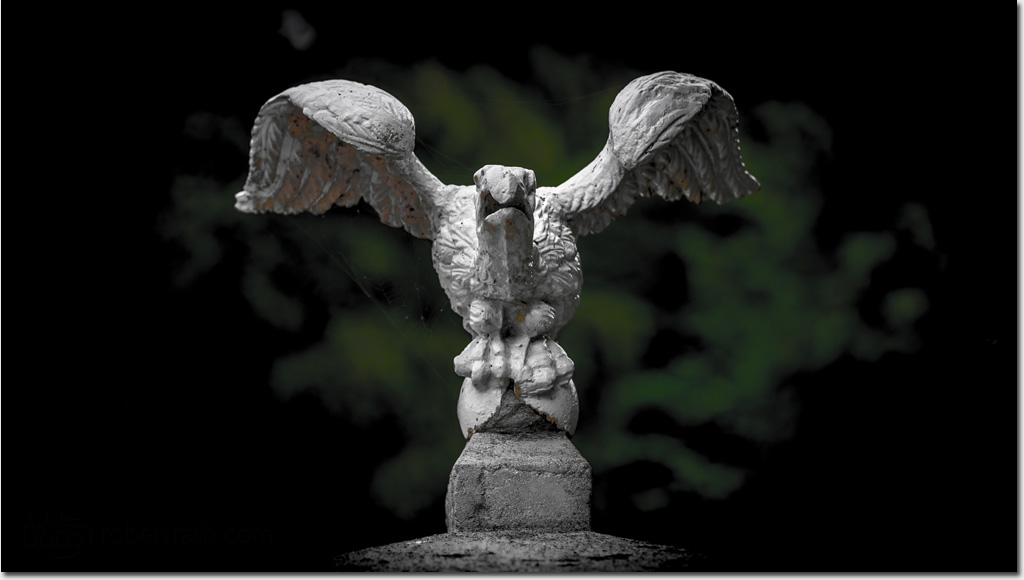
Standing sentry to all passers-by, four of these these eagle sentinels adorn the Swiss Cottage Bridge over The River Suir.
I wonder if their gargoyle like appearance was meant to instill some form of apotropaic magic to protect the cottage from ill.
Probably not but it's fun to imagine!
Photo: Robert Rath, 'Sentry', 1/500s f/2.8 ISO100 120mm
Thursday, August 2. 2018
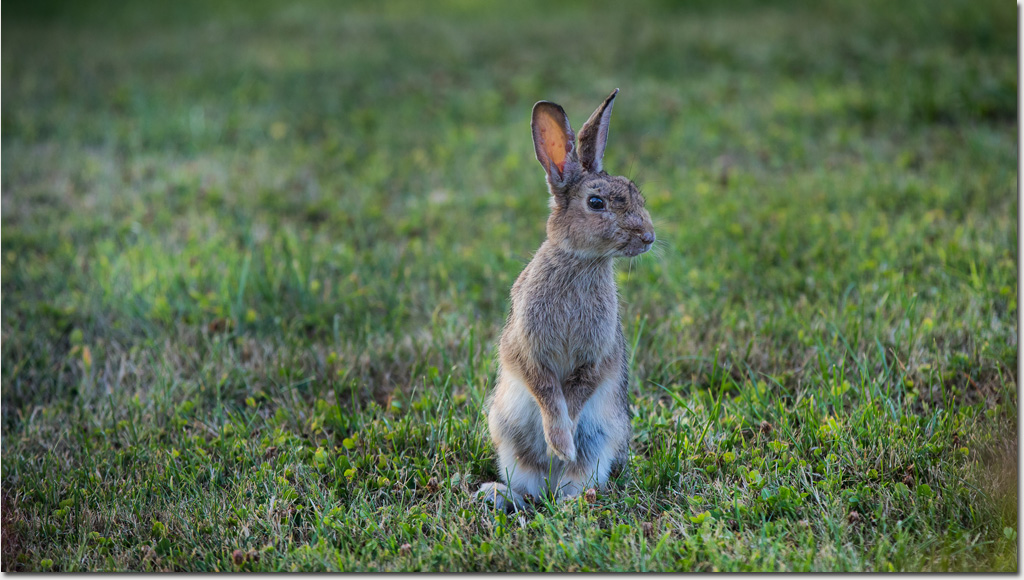
This flighty little character will never compete with the absolute self assurance of Bugs Bunny himself. Still it is easy to anthropomorphically imagine a 'what's up doc' in a thought bubble above this scene.
Whats up indeed I thought as I pointed my lens and pressed the shutter. A single click later and my less than self assured rabbit took off for the safety of the briar patch.
Photo: Robert Rath, 'What's Up Doc?', 1/400s f/3.5 ISO640 200mm
Wednesday, August 1. 2018
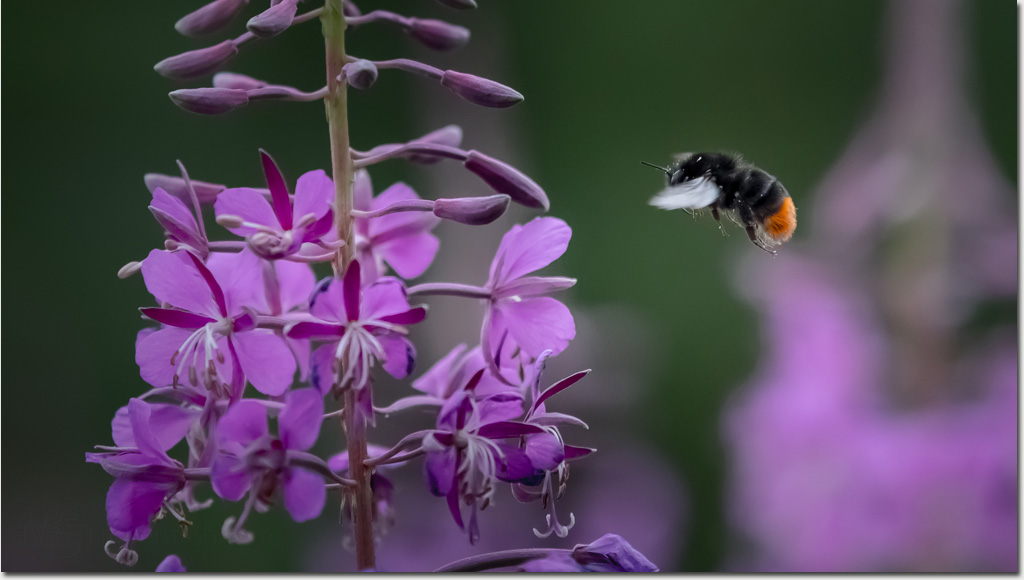
Even at 1/3200 of a second this incoming bumblebee's wings are a blur. Short of using a high powered strobe I don't think it is possible to freeze their motion completely.
There were two kinds of bees hard at work on this patch of flowers. One was a slimmer and less hairy bee which methodically flew up to a flower head and worked its way systematically around each flower before moving on to another. It was quite easy to photograph these guys due to their very predictable movements. The others were the bumblebees.
The bumblebees behaved as their name might suggest. They flew in crazy erratic patterns from flower head to flower head with no hint of any systematic approach to pollen collection. This made them hard to watch and hard to photograph. Still I wanted a photo of a bumblebee and I persisted until I had one.
I chose what I though would be a high enough shutter speed, I bumped up the ISO and stopped down a little to have a better chance of a focused image. There was nothing 'beeline' about getting a shot I was happy with. It was like bumbling photographer meets bumbling bee and only those rare intersecting moments resulting in a usable image.
In the end it's patience wins and not make a beeline.
Photo: Robert Rath, 'Bumblebeeline', 1/3200s f/4.5 ISO3200 200mm
Tuesday, July 31. 2018
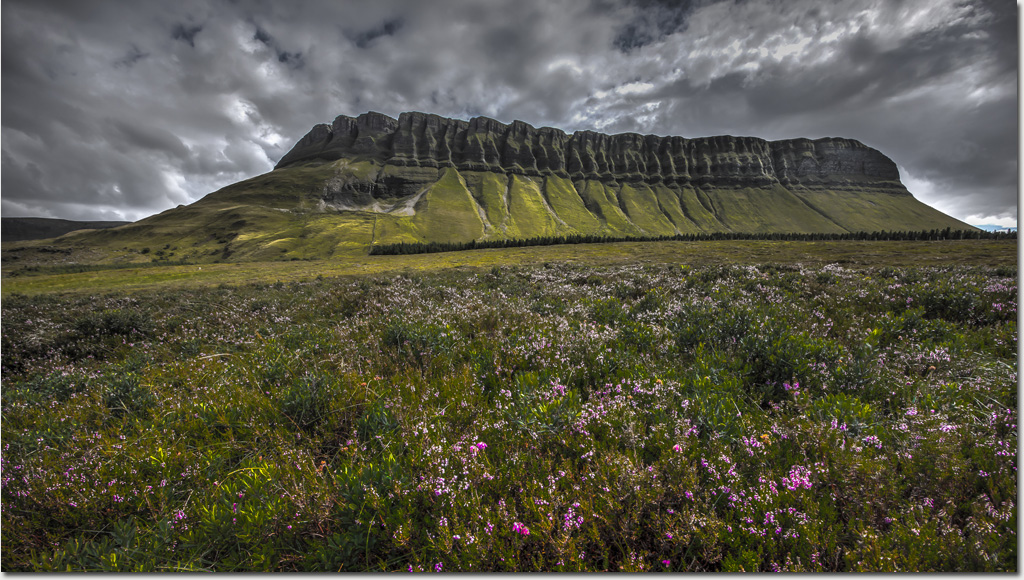
Ben Bulben loomed, first small in the distance and now larger as we neared.
Grey clouds shrouded the landscape and rain fell like folded curtains across the mountain. Having only ever seen Ben Bulben from a distance it was time to get a little closer.
We drove up green shrouded country lanes, closer, higher. Then we got out of the car and walked.
Still not happy with our roadside fenced off vantage, over the fence I climbed and continued upwards into a landscape of boggy green tussocks of grass, mosses and wet squelchy ground.
When I had finally picked my way up to this spot a blanket of cloud covered the landscape in flat grey light. So there I waited. And waited. I waited some more. Then a rent in the clouds opened wide enough to let the sun come through and light up Ben Bulben and the surrounding landscape.
The sunshine only lasted a few minutes as I watched that searchlight of sunshine sweep across the scene and then into the north.
I am grateful it was just long enough to capture a few images of this iconic natural Sligo wonder.
Photo: Robert Rath, 'Ben Bulben', 1/30s f/7.1 ISO640 17mm
|

































